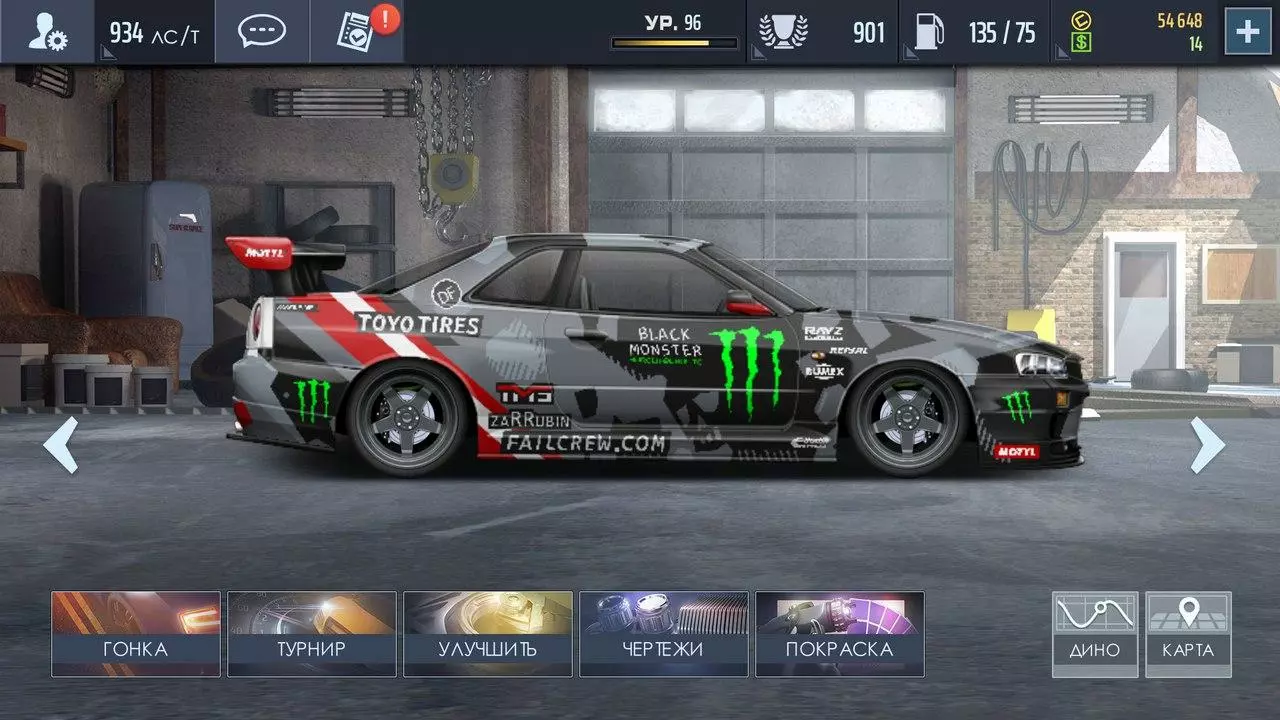Drag Racing Basics – Get Faster on the Strip
If you’ve ever watched a car roar down a drag strip, you know the thrill of pure speed. But the excitement isn’t just about horsepower; it’s about technique, preparation, and the right training. In this guide we’ll break down the core skills you need, and show how Thames Motorsport Academy can help you improve your quarter‑mile times.
Essential Drag Racing Techniques
First thing you need to master is the launch. A good launch starts with the right clutch bite point and gentle throttle application. Too much gas and you spin the wheels; too little and you lose momentum. Practice the “half‑clutch” method on a dry surface, then move to the strip when you feel the car bite consistently.
Next, focus on shifting. Most drag cars use a quick‑shift kit or a sequential gearbox. The goal is to change gears in under half a second. Timing the shift with the engine’s power band keeps the car in its sweet spot and prevents power loss. If you’re new to manual shifting, start with a practice car and count the seconds between shifts – the faster you get, the better your times.
Weight transfer matters too. When you launch, the rear tires need weight for traction. Shifting your weight forward slightly or using a rear‑biased suspension setup can give the rear wheels more grip. Many racers add ballast over the rear axle; it’s a simple, cheap way to improve launch performance.
Don’t forget aerodynamics. At high speeds a small spoiler can add downforce and keep the car stable. While most strip runs are under 15 seconds, a well‑tuned rear wing can shave off a few hundredths of a second – enough to move you up the leaderboard.
Training Programs at Thames Motorsport Academy
Thames Motorsport Academy offers a hands‑on drag racing course that covers everything from launch control to post‑run analysis. The program starts with classroom basics, then moves to real‑world practice on a licensed strip. You’ll get a chance to work on your own car under the watchful eye of experienced instructors.
One of the biggest benefits is the data‑logging equipment we provide. You’ll record reaction times, wheel spin, and shift points on every run. The academy’s tech team helps you read the data and spot improvement areas. It’s like having a personal coach who tells you exactly what to tweak.
Safety is built into every lesson. We teach proper fire‑extinguishing gear, how to handle a high‑speed tire blowout, and the correct way to wear a racing harness. Knowing the safety protocols not only protects you but also builds confidence, which translates to faster, more consistent runs.
After completing the course, you’ll join the academy’s alumni network. That means access to exclusive track days, discount on parts, and the chance to race in local drag events. Many of our graduates go on to compete in national championships, thanks to the solid foundation they built with us.
Ready to stop watching and start racing? Book a trial session at Thames Motorsport Academy today. Bring your car, bring your curiosity, and leave with a clear plan to shave seconds off every run.



